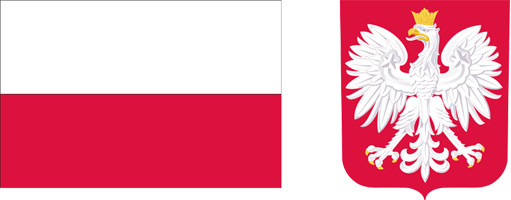Current issue
Archive
About the Journal
Aims and Scope
Editorial Board/Editorial Team
List of reviewers
Publishing process
Publishing Ethics and Malpractice Statement
Personal data protection (GDPR)
Creative Commons License
CrossRef Member / Similarity Check
For Authors
Call for papers
Guidelines for authors
Submitting a manuscript through the editorial system – step by step
For Reviewers
Peer review process
Guidelines for reviewers
Submitting a review – step by step
Contact
RESEARCH PAPER
FARMS FROM AREAS OF HIGH NATURE VALUE (HNV) AGAINST THE BACKGROUND OF OTHER FARMS
1
Instytut Ekonomiki Rolnictwa i Gospodarki Żywnosciowej - Państwowy Instytut Badawczy
Submission date: 2019-11-25
Final review date: 2019-12-18
Publication date: 2020-03-16
Zagadnienia Ekonomiki Rolnej / Problems of Agricultural Economics 2020;362(1):109-121
KEYWORDS
TOPICS
ABSTRACT
The study carried out a comparative analysis of areas (communes) with a varying level of saturation with high nature value utilised agricultural area (HNV UAA) and assessed the functioning of farms from these areas in Poland. Firstly, three groups of communes differing in terms of the share of HNV UAA in the total area were identified. The first group were communes with the share of HNV UAA in the total area amounting to less than 10% (1st group communes), the second – communes with the share of HNV UAA equal to or higher than 10% and lower than 40% (2nd group communes), and the third – communes with the share of HNV UAA of at least 40% (3rd group communes). In these communes, the assessment covered the average number of farms along with their average UAA, percentage (%) of communes with farms having the average UAA equal to or higher than the Polish average, as well as the change in % in the population and the share in % in the communes where the population decreased by at least 5% in 2004-2017 and their average agricultural production area valorisation index (APAV). Then, the assessment of functioning covered 2878 farms with crop, livestock and mixed (crop and livestock) production from those communes which have continuously kept accounts for the Polish FADN system in 2014-2016. This assessment took account of their production potential, production organisation, land and labour productivity and income per 1 FWU. The study used the data from the Agency for Restructuring and Modernisation of Agriculture (ARiMR), Institute of Soil Science and Plant Cultivation State Research Institute (IUNG-PIB), data from farms keeping accounts for the Polish FADN in 2014-2016 as well as literature data.
Share
RELATED ARTICLE
We process personal data collected when visiting the website. The function of obtaining information about users and their behavior is carried out by voluntarily entered information in forms and saving cookies in end devices. Data, including cookies, are used to provide services, improve the user experience and to analyze the traffic in accordance with the Privacy policy. Data are also collected and processed by Google Analytics tool (more).
You can change cookies settings in your browser. Restricted use of cookies in the browser configuration may affect some functionalities of the website.
You can change cookies settings in your browser. Restricted use of cookies in the browser configuration may affect some functionalities of the website.



